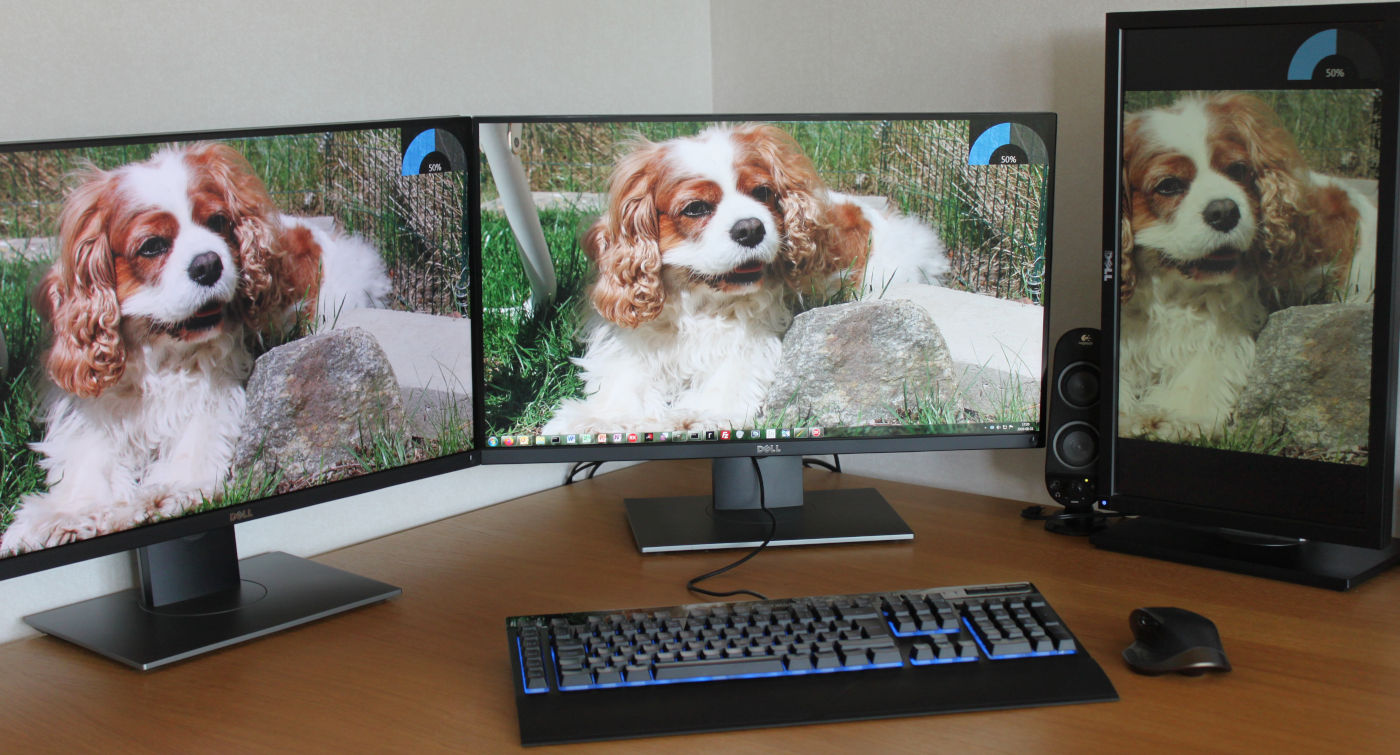New keyboard and OSD volume indicator
After almost 20 years of service I have finally decided to retire my old Microsoft Internet Keyboard Pro keyboard. A few weeks ago, I replaced it with a new one from Corsair.
The last few months prior to the upgrade, I observed that the keys required quite a lot more force than normal to go down, and unless I happened to hit the key at its very centre, it often refused to go down at all, making rapid typing a nightmare. Needless to say, this very much had started to get on my nerves, especially considering that I spend almost all of my free time at the computer.
I even realised that I was astounded and greatly pleased by the effortless typing I was able to do at work on the cheap (but functional) $10 keyboard I have there.
Being a tenacious keyboard user that rarely sees the point in using the (in comparison) highly inefficient plastic rodent on my desktop, I am rather fastidious when it comes to keyboards. I need a full-size classic layout, two Windows key, and a menu key; I often use the Insert, Home, End, Del, PgUp and PgDn keys, even Scroll Lock and Pause. I also wouldn’t want to live without dedicated media and volume keys. Ideally, I also want browser keys and power management keys. And, to make it even more difficult for me to find a suitable product, I don’t want the keyboard to look like a control panel from a bizarre alien spaceship (a design that supposedly attracts teenage gamers).
Eventually, I chose Corsair’s K55 RGB Keyboard. So far, I’m mostly happy with it. I like light-emitting things. Unfortunately, however, like so many other companies, Corsair has failed to produce a high-quality software utility to accompany their hardware. But I can live with it.
One thing that really bothered me though was that I lost the OSD volume indicator that was part of the Microsoft IntelliType software. I was unsure what to do about this, before I realised that I happen to be a Win32 developer myself. So I made my own volume indicator using the gauge control I made the other night.
That’s the thing you can see in the top-right corners of the screens in the photograph above.
It’s kind of pretty, if I say so myself.
(But the OSD volume indicator doesn’t even come close to the prettiness of Sally, the dog.)

